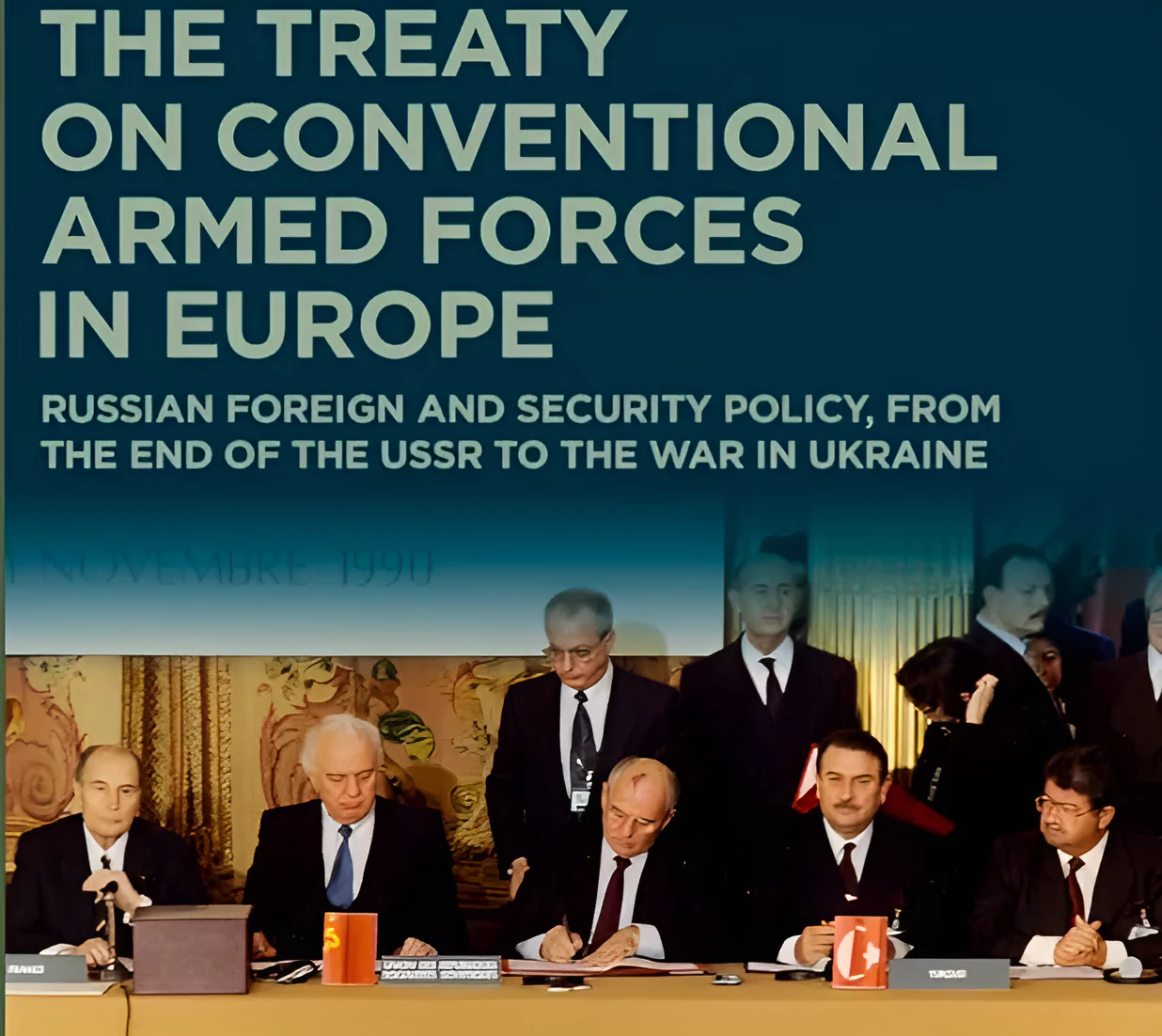Recently, President Alexander Lukashenko has signed a decree suspending Belarus’ participation in a treaty that limits the deployment of conventional forces in Europe.

- The decree was published on an official government website of the ex-Soviet state that borders both Russia and Ukraine.
The Treaty on Conventional Armed Forces in Europe (CFE)
The Treaty on Conventional Armed Forces in Europe (CFE) is often called the “cornerstone of European security,”. It was negotiated at the end of the Cold War and signed on November 19, 1990.
-
Objectives of CFE Treaty
- Establishing Military Balance: It aimed to balance military power between NATO and the Warsaw Pact countries.
- To stop Cold War rivals from building up forces that could be used in a swift assault.
Enroll now for UPSC Online Course
Warsaw Pact
- Formation Date: The Warsaw Treaty Organisation, known as the Warsaw Pact, was established on May 14, 1955.
- Member Countries: Formed between the Soviet Union and several Eastern European countries.
- Purpose
- Counterbalance to NATO: Created to counterbalance NATO, a collective security alliance formed in 1949 by the United States, Canada, and Western European nations.
- In 1991, Warsaw Pact disintegrated due to the dissolution of the Soviet Union.
-
- Fall of communist government in eastern Europe also played a major role in the disintegration of the pact.
CFE – 1A
- This agreement sets limits on the levels of military formations.
- Exceptions are Sea-based naval forces, Internal Security Forces, and Forces serving under United Nations command.
|
Provisions and Monitoring
- Confidence-Building Measures: Included provisions to build trust and stabilize the region, monitored by a joint review mechanism.
- Transparency: The treaty’s limits and inspection regime provided transparency on military holdings, which was highly valued even after the Cold War ended.
![]() 30 May 2024
30 May 2024

